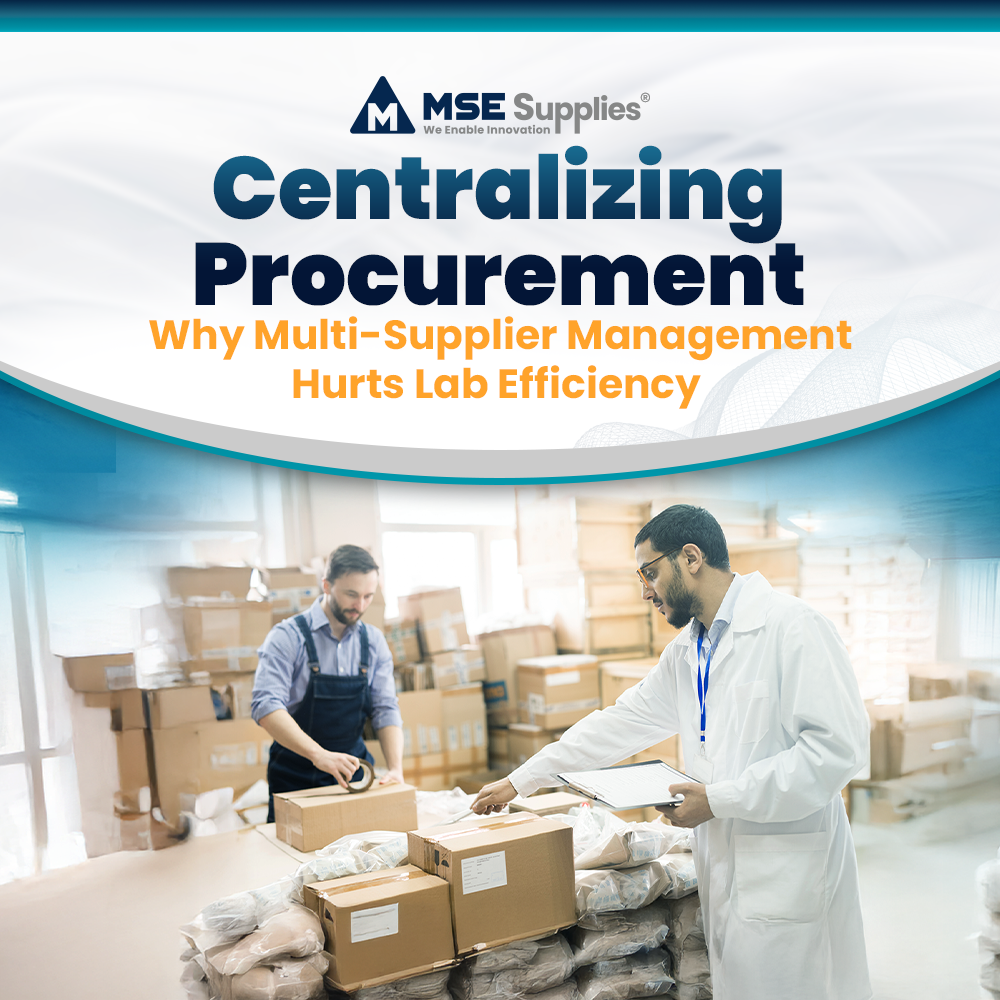Introduction to High-Energy Ball Mill: Working Principle, Advantages, and Features
Posted by Alex Brown on
When people think about milling machines, they will come across vertically oriented equipment that contains rotary cutters. Traditionally milling machines are widely used in the manufacturing industry to reshape workpieces.
The aim is to achieve ultrafine and nano-sized materials for the development of innovative products. Many techniques can be used for synthesizing materials called high-energy milling. Various components and machines are used for grinding applications and that’s where high-energy ball mill comes into play.
Overview of Ball Mill
Ball mill, also known as tumbling or pebble mill is milling equipment that encompasses cylinder-containing balls and is mounted on a metallic frame that can be rotated along with a longitudinal axis. The large ball tends to break down coarse feed materials and the small ball mill to form fine products by reducing void spaces.
The degree of milling in a ball mill can be influenced by:
- The residence time of material in the mill chamber
- The size, density, and the number of ball mill
- The nature of the ball mill (hardness of grinding material)
- Feed rate and level in the vessel
- Rotation speed of the cylinder
There are different types of ball mill that exists. They may differ in operating principle, maximum capacity of the milling vessel, ranging from planetary ball mill, mixer mill, or vibration mill to several 100L for horizontal rolling ball mill.
How does Ball Mill Work?
Materials used to grind include iron ore and ceramics are added to the ball mill. It rotates either on its vertical or horizontal axis and bounces around while striking the enclosed material. The force of strikes helps to grind materials into a fine, less-coarse medium.
For a ball mill to operate, critical speed needs to be achieved. The enclosed ball begins to rotate along the inner walls of the ball mill. If it fails to reach critical speed, it will remain stationary at the bottom where they have no impact on the material.
Advantages of Ball Mill
- Produces a very fine powder – particle size less than or equal to 10 microns
- Suitable for milling toxic materials as it can be used in an enclosed form
- A wide range of applications
- Used for continuous operation
- Used in milling abrasive materials
Ball Mill vs Traditional Milling Machine
A ball mill doesn’t have a cutting tool while a traditional milling machine depends on a rotary cutting tool. Ball mill leverage the force to perform operations and therefore, it doesn’t need a cutting tool.
Another difference lies in their respective function. While both are designed to remove materials, however ball mill support materials like ore, ceramics, and paint. The material is added to the ball mill compartment, wherein it is exposed to a rotating ball. This forceful rotation grinds down materials into ultra-fine, powder-like medium coarse.
Product Features:
- Special gear design for low noise and vibration
- LCD control panel
- Safety mechanism
- Stable rotation speed
- Reliable heavy-duty design
- Programmable milling segment
- Customized power supply – 110V, 220V, or 380V depending on location and power ratings
Apart from this equipment, the pellet press is also used in various fields of application, including construction materials, recycling, metallurgy, glass, ceramics, or areas where pellets are required in powdered form.
Share this post
- Tags: Industry - Agriculture, Industry - Industrial Process, Industry - Lithium Battery & Renewable Energy, Industry - Material Science, Industry - Medical, Industry - Pharmaceuticals, Products - Powder Processing with Ball Mill Media



